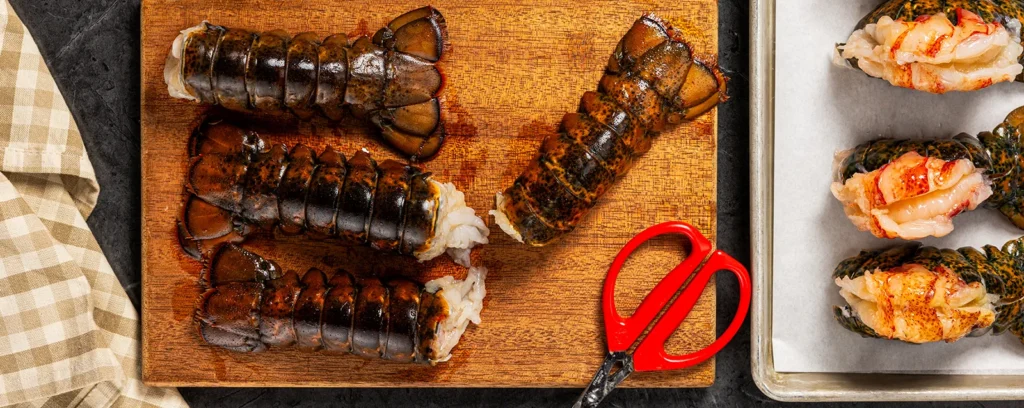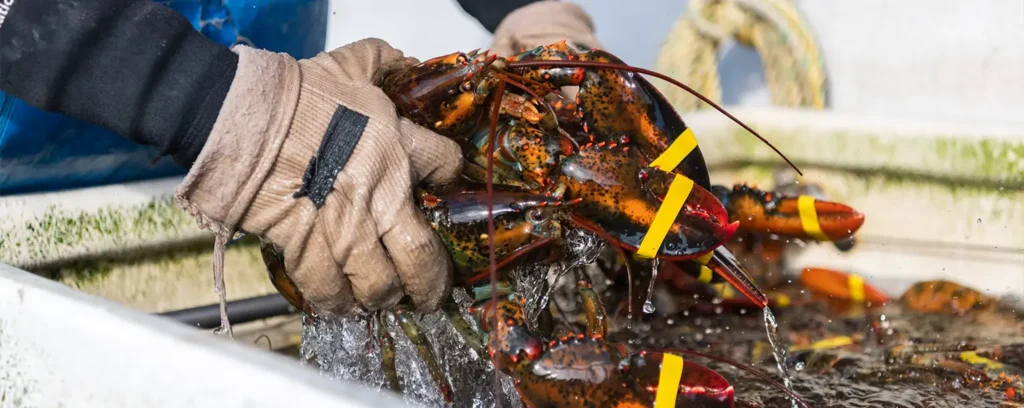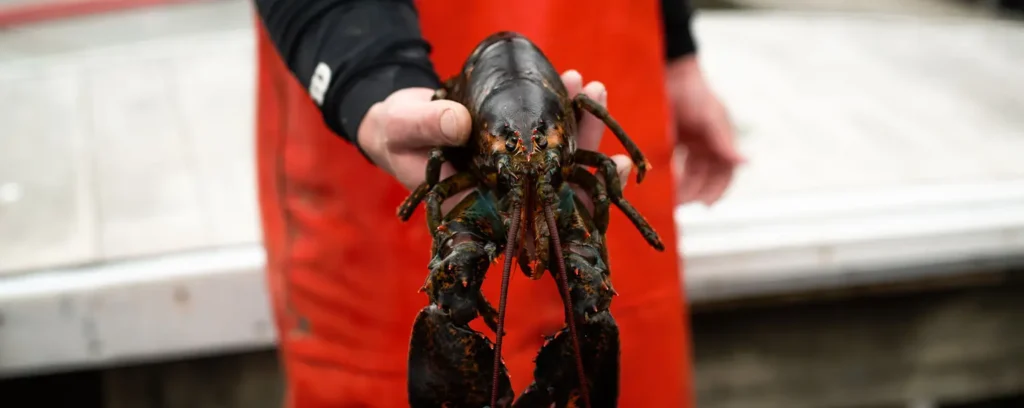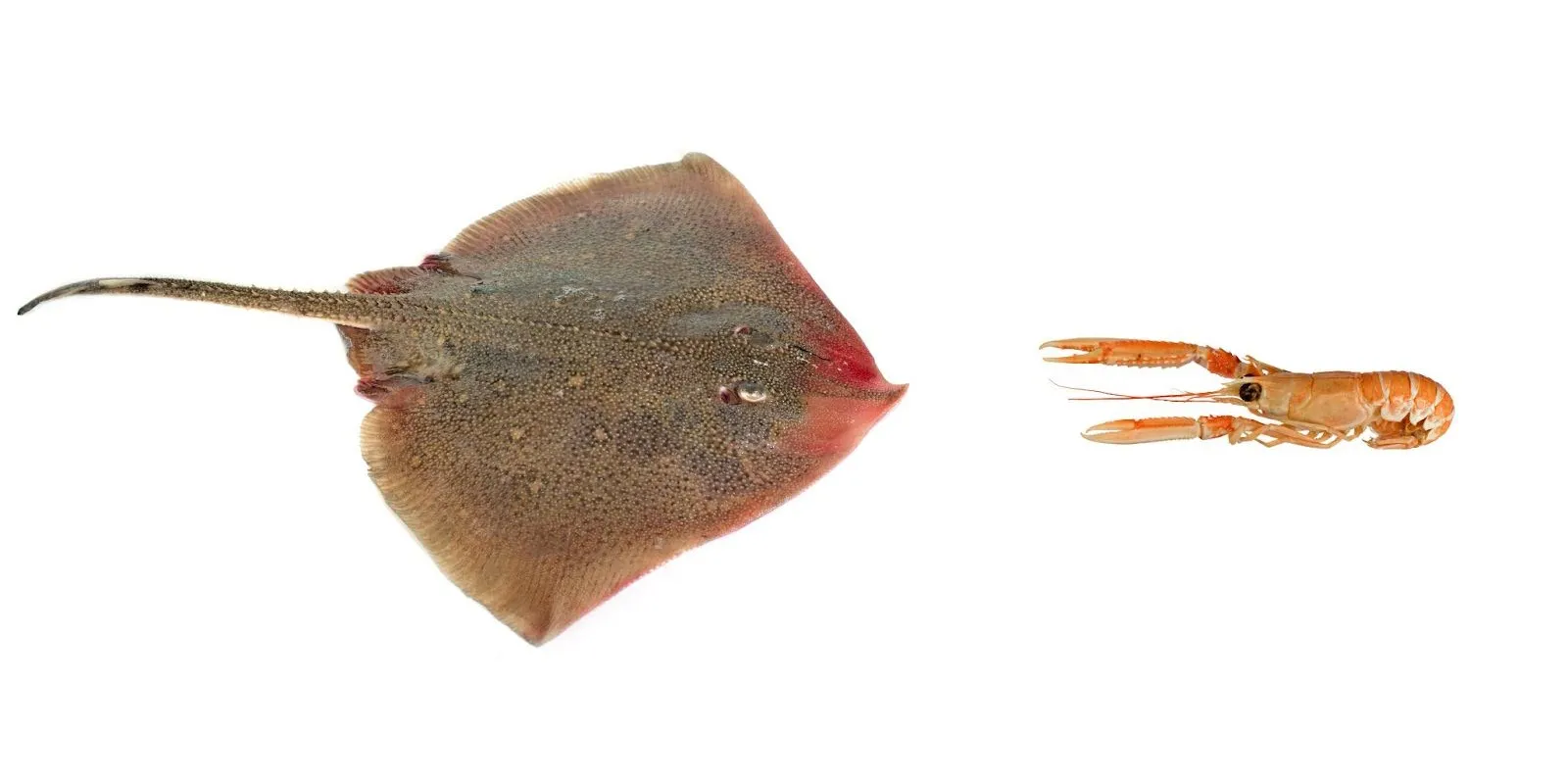
Stay Away From Fake Seafood Products
The global seafood market faces an increasing challenge as counterfeit products infiltrate restaurants, markets, and grocery stores. From mislabeling to outright substitutions, fake seafood poses a threat to both consumers and the integrity of the fishing industry.
Seafood holds a cherished place in the culinary world. Chefs love to work with delicious shellfish and tasty filets, while diners enjoy eating seafood that they might not cook at home. However, with the rising demand for seafood, an unfortunate trend has emerged – the prevalence of fake seafood. Let’s look at what this means and how certain species, such as langoustine and skate wings, have been manipulated to mimic other more desirable seafood.
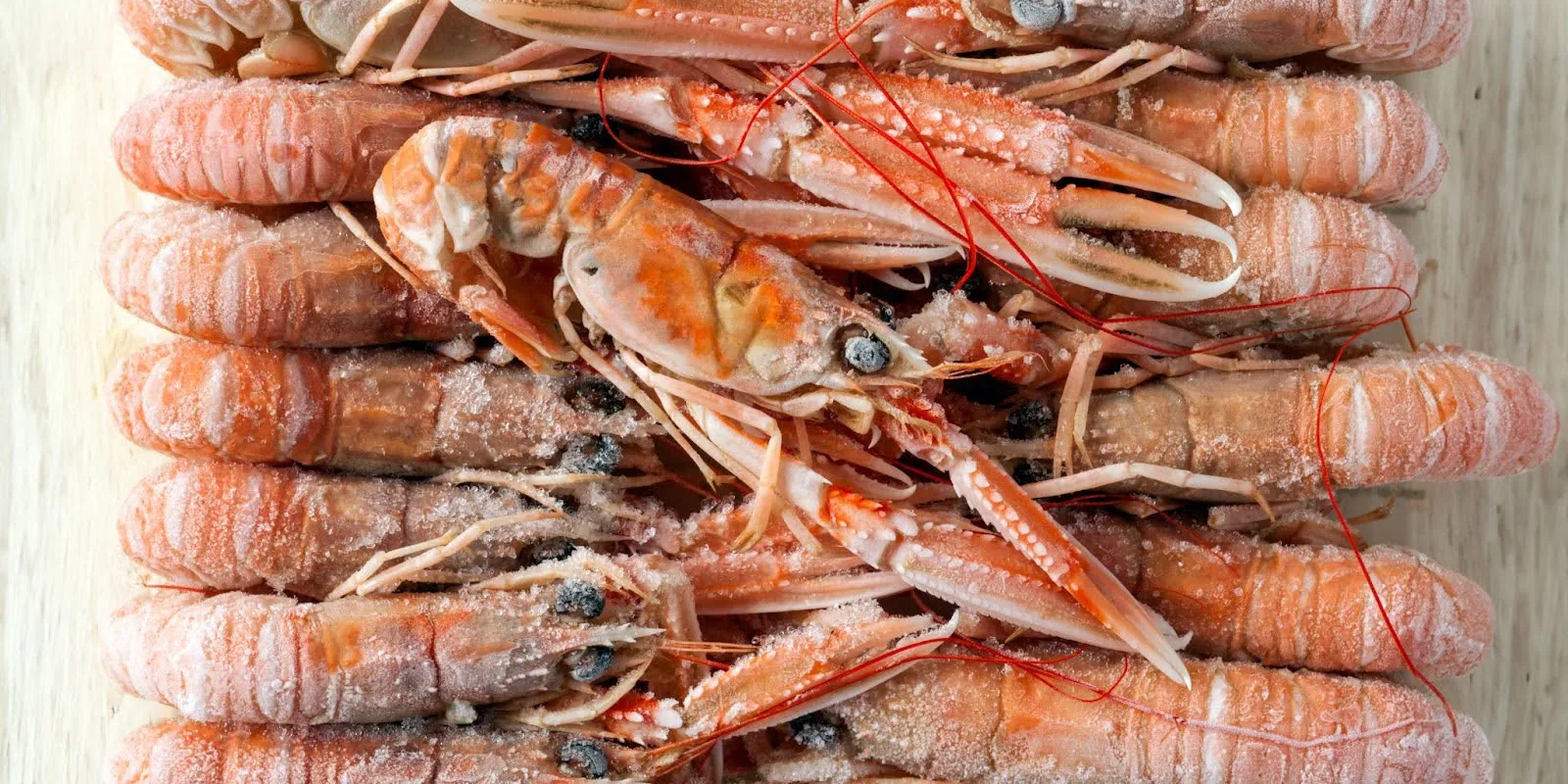
Langoustine is a type of shellfish that resembles a small lobster. It’s a prawn or lobster-like crustacean, often found in the North Atlantic Ocean. Langoustines are known for their sweet and delicate taste, and they are commonly used in various seafood dishes. They have a slender, lobster-like appearance and are typically pink or orange when cooked. While langoustines are popular in European cuisine, especially in countries like France and Spain, in the United States langoustines have been utilized to mimic lobster and, unfortunately, fool consumers.
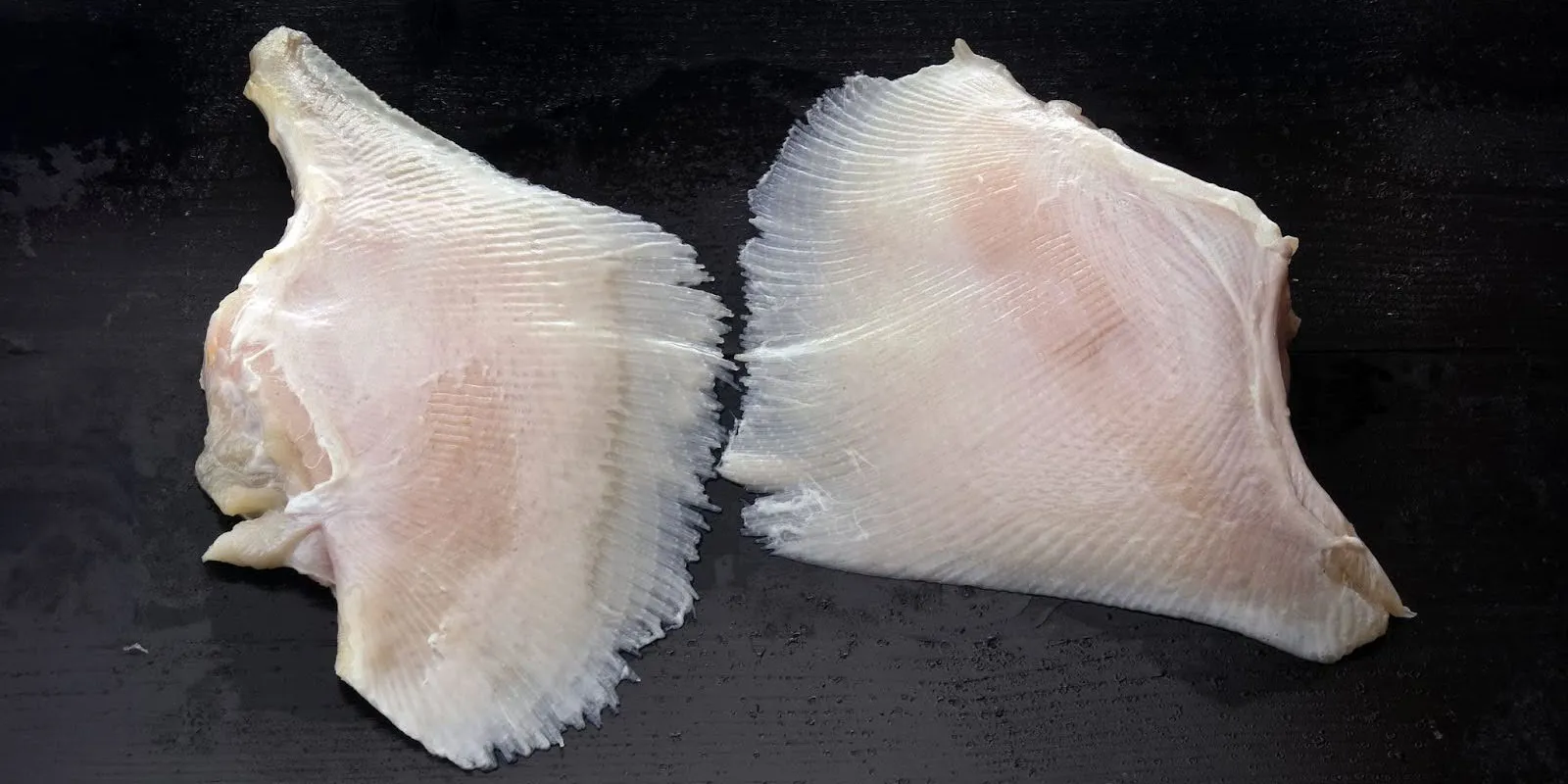
Skate wings, known for their mild taste and flaky texture, are another unsuspecting player in the realm of counterfeit seafood. Their firmness and appearance can make them a convincing substitute for scallops or even more expensive fish varieties. Round holes are punched into the skate wing and the resulting cut can look very similar to a scallop!
Even when you go to the supermarket and see a tank with “Live Maine Lobsters,” these could be from Nova Scotia, Massachusetts, or Rhode Island. Websites and other purveyors of lobster sometimes trade on Maine’s reputation for having the best, most sustainably caught lobsters, but often the fine print reveals phrasing such as “North Atlantic” or other generic terms that belie the Maine branding. To the trained eye there are other clues: Maine lobster fishermen use a distinctive style boat; other fisheries can be identified from their photos even if they pretend they’re fishing in the cold, clear waters of Maine.
The consequences of fake and mislabeled seafood extend beyond mere deception. Not only are consumers cheated of their expected culinary experience, but the economic impact on the fishing industry and the potential harm to ecosystems from unsustainable practices are also substantial. It is said that over 90% of seafood in the United States is imported. Couple that with potential seafood imposters, and consumers should be wary of where they are getting their seafood from if they want to be sure they are getting the best U.S. wild-caught seafood.
The seafood industry in the United States is big and the presence of fake seafood casts a shadow on the authenticity and sustainability of our seafood choices. By understanding how species like langoustine and skate wings are manipulated to mimic other seafood, we can arm ourselves with knowledge to navigate these deceptive waters. That’s why it’s so important to buy lobster from businesses like ShopLobster – because you can rest assured that at ShopLobster you’re getting only the best, and exactly what you’re looking for – the freshest seafood in the world!

